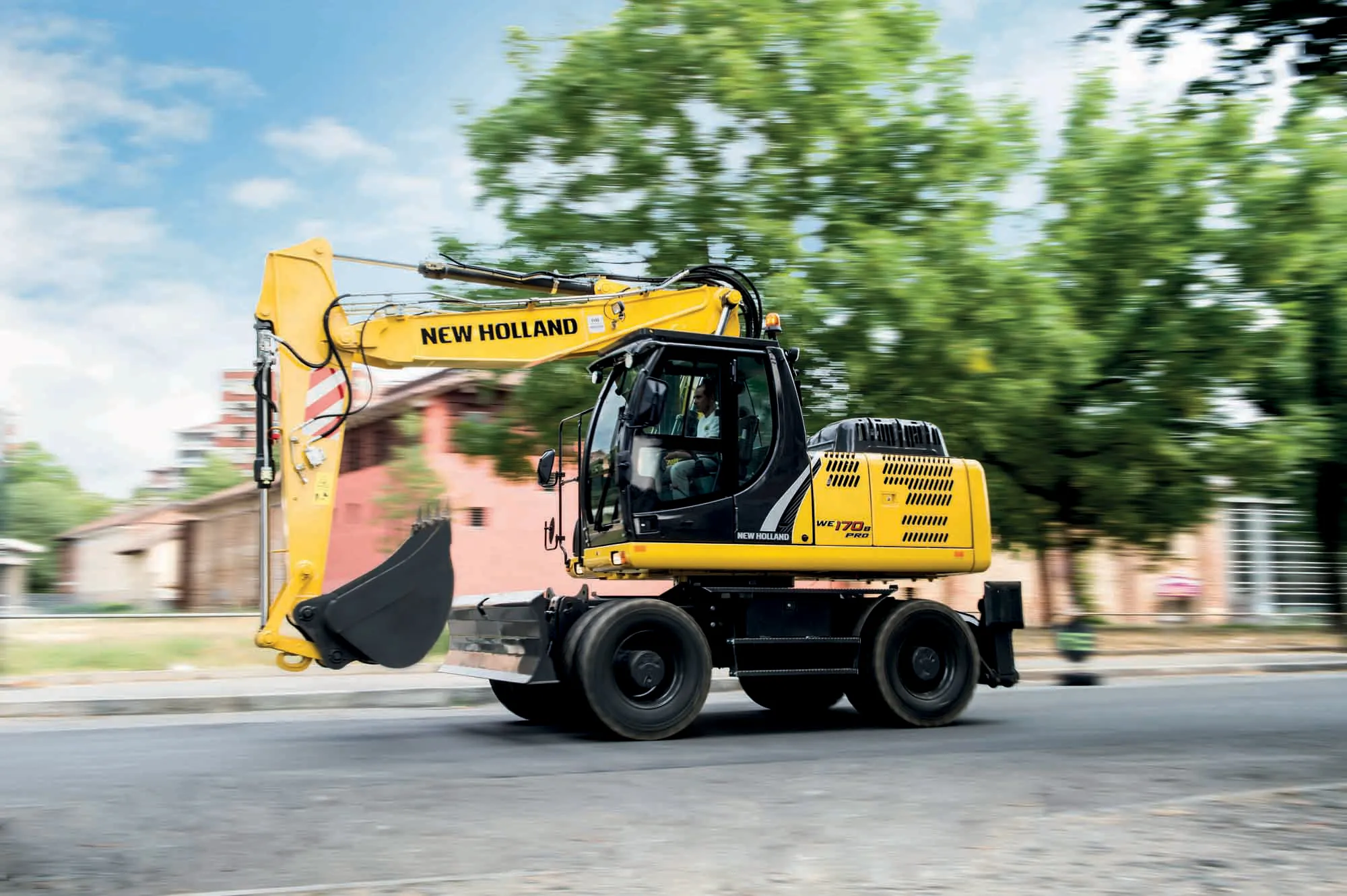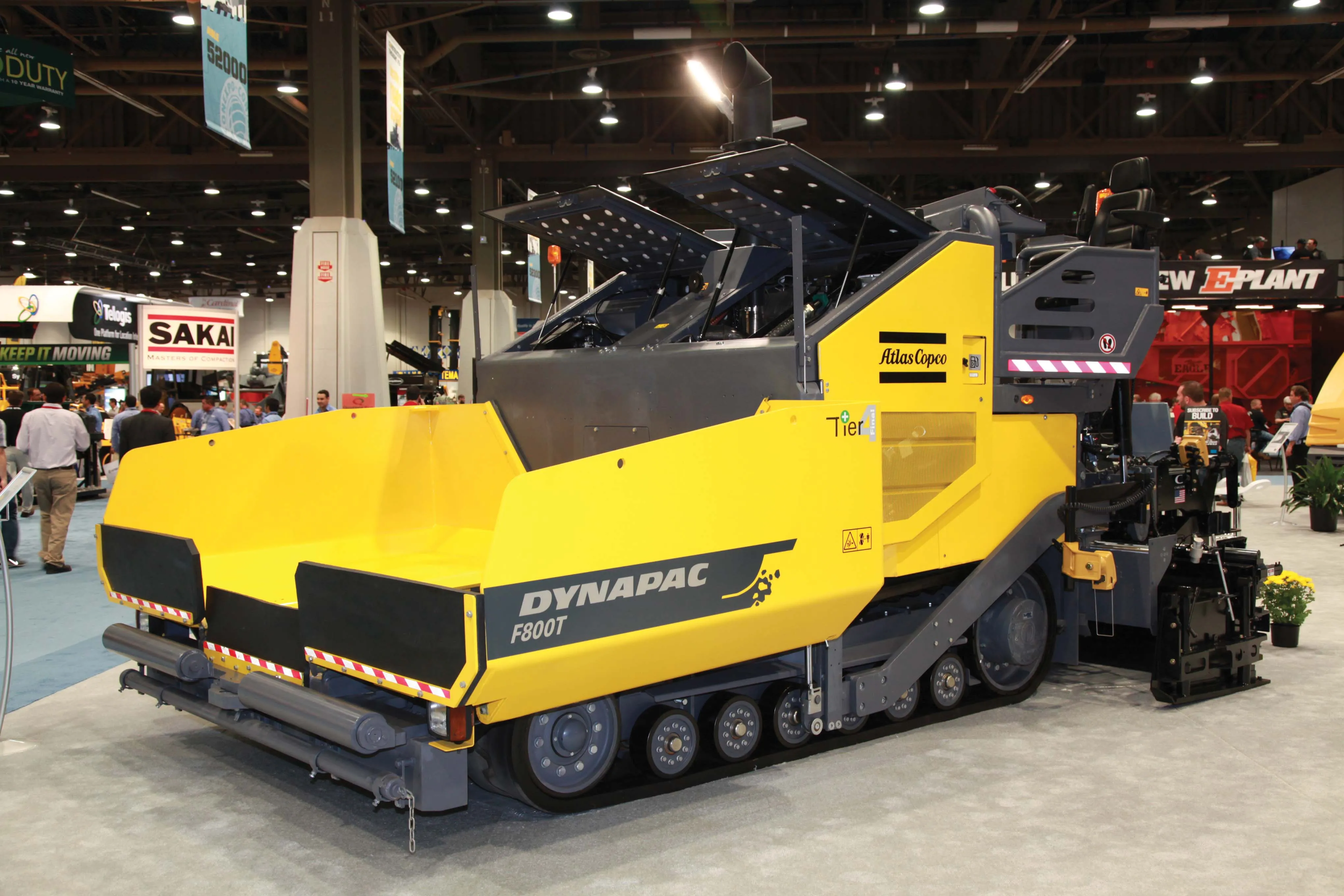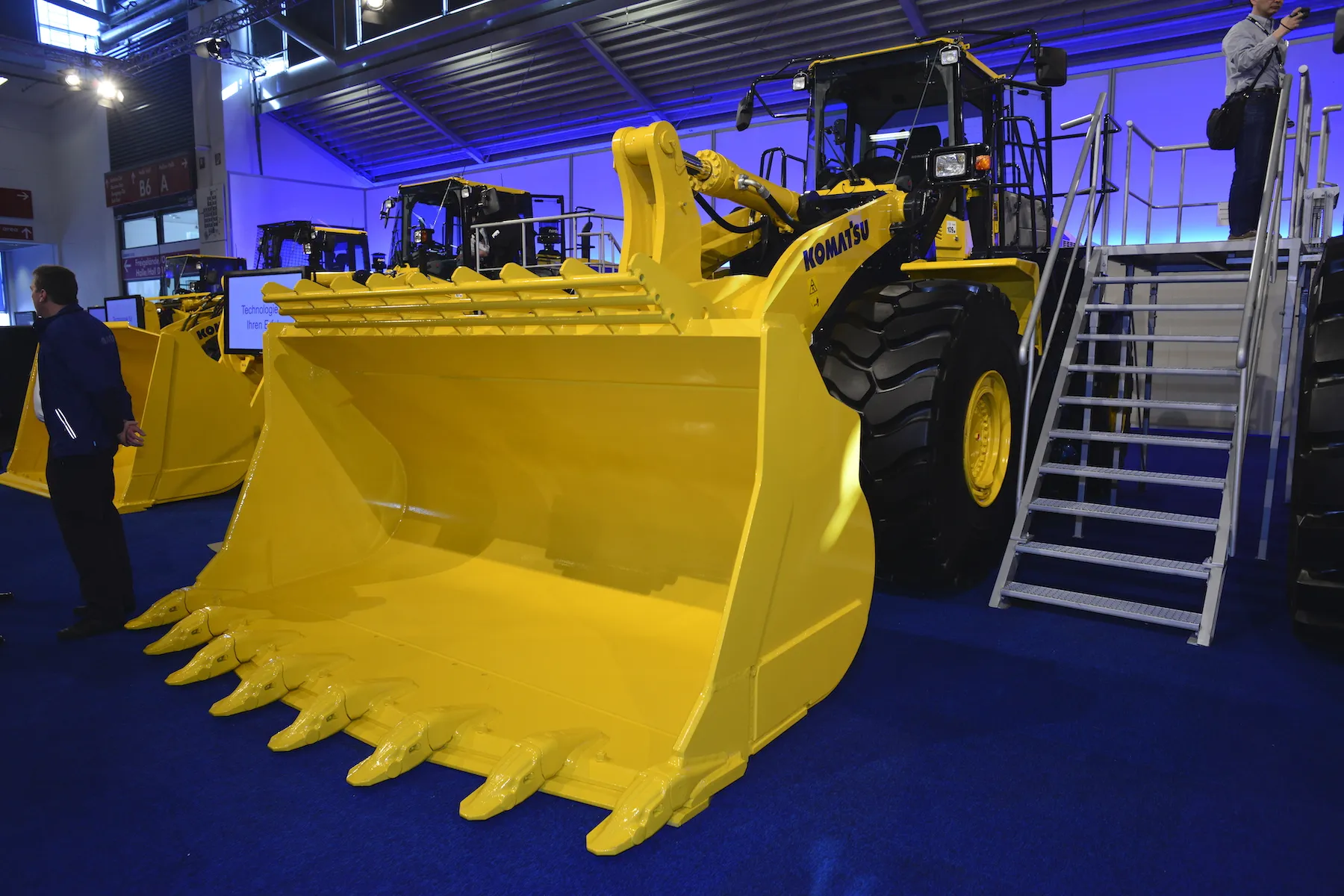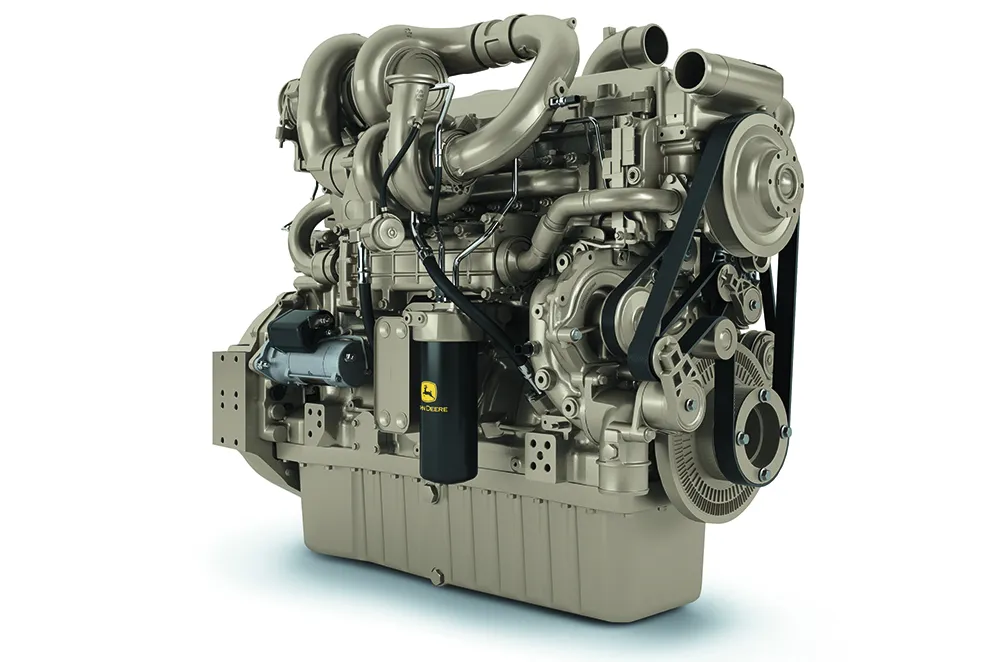LiuGong is aiming its new 856H wheel loader squarely at the European market. The high performance machine features full EU Stage IV regulation compliance and I said to introduce a new level of productivity and serviceability to the European market. A spokesperson for the firm said, “It’s really a western-design machine.”
February 6, 2015
Read time: 2 mins
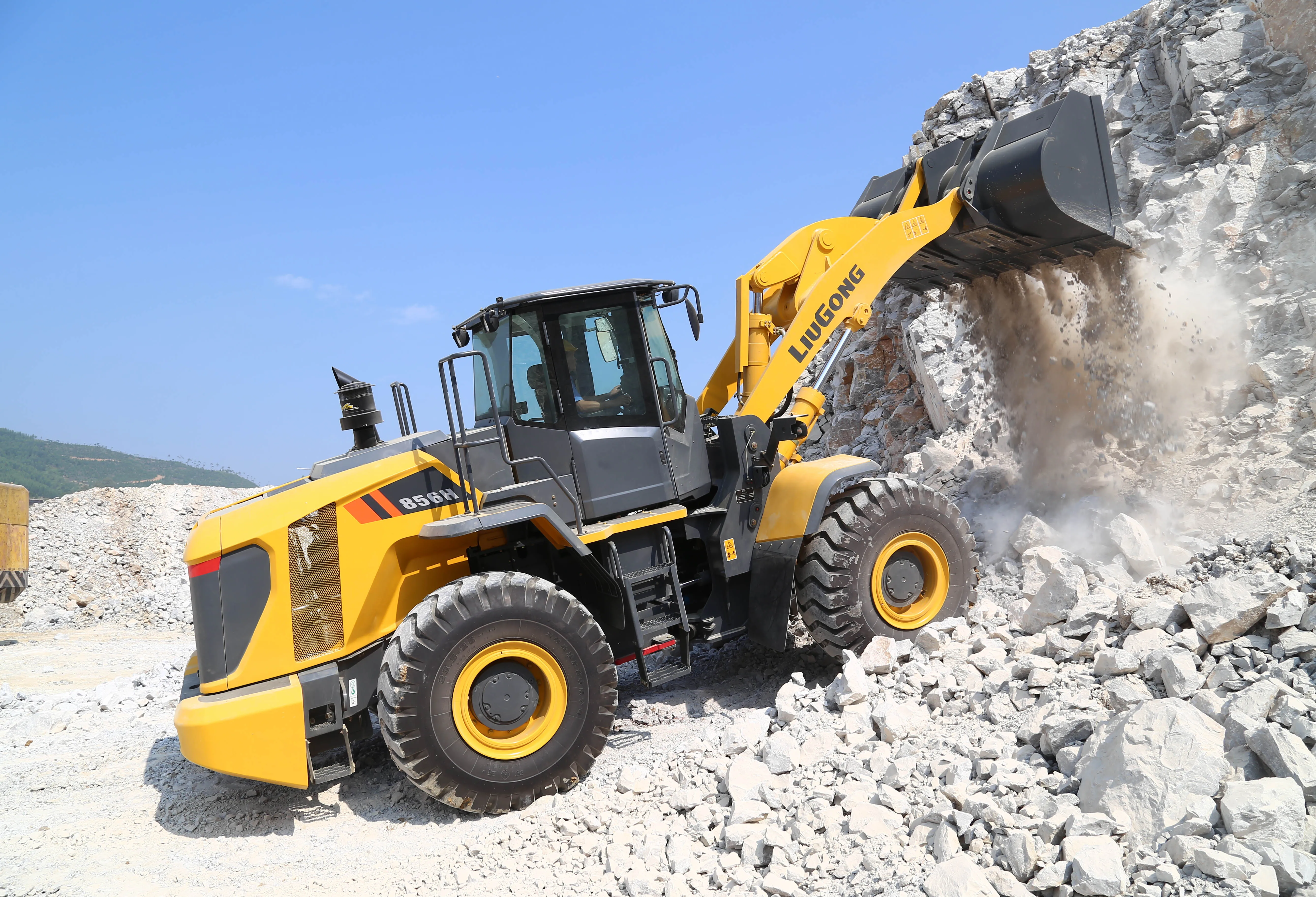
Power comes from a
The 856H’s new cab design allows for improved visibility to the work tool and improves all-around visibility for safety. The cab features ROPS and FOPS protection in compliance with safety standards, ensuring operator safety is maximised.
As with other LiuGong machines, maintenance of the 856H is said to be simple and convenient. The forward tilting engine hood is equipped with an electric lifting device and allows for ground level access to service points to increase accessibility to components. The hydraulic driving fan motor can be reversed for cleaning, and the water and oil drains are placed together to speed maintenance and service tasks.


